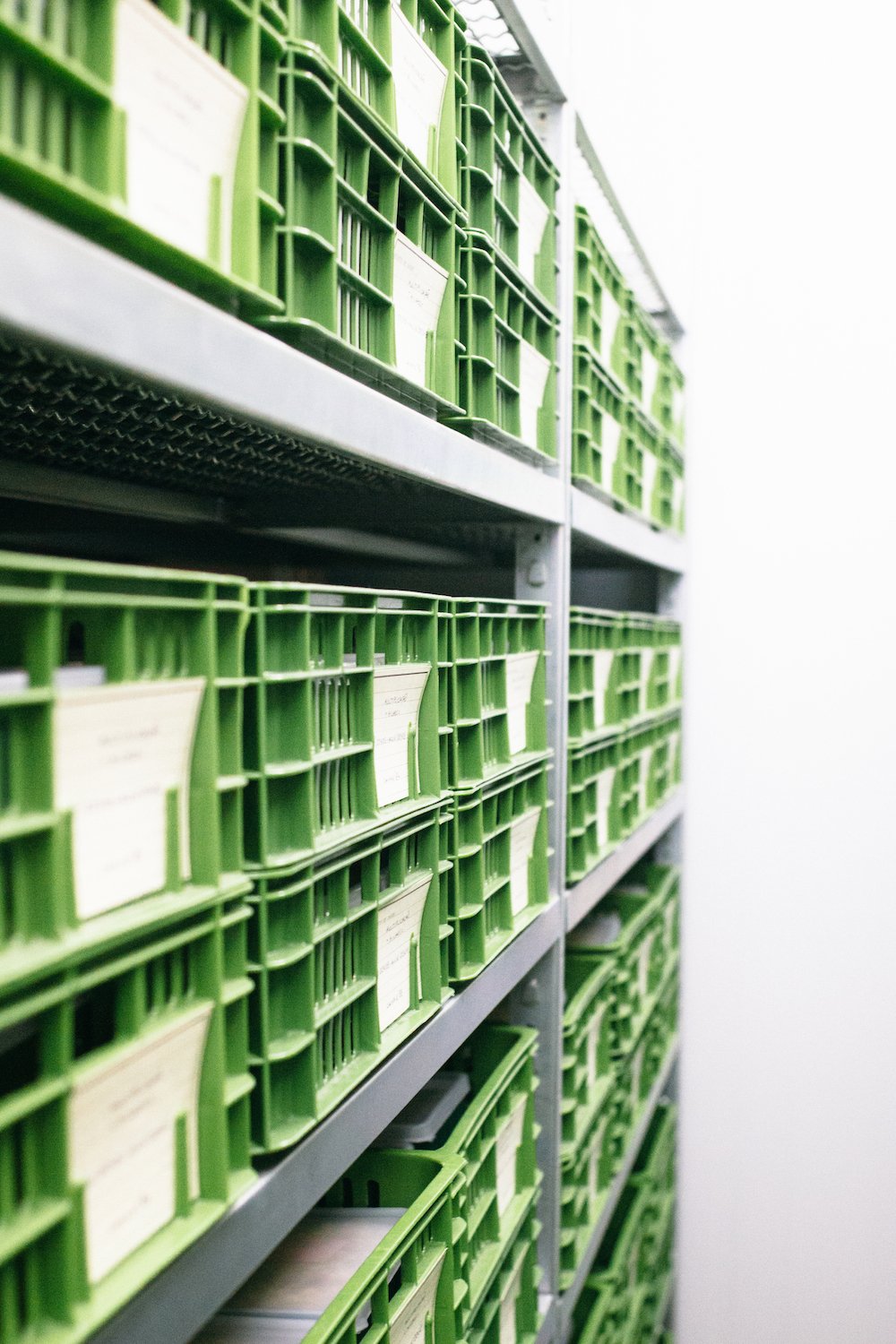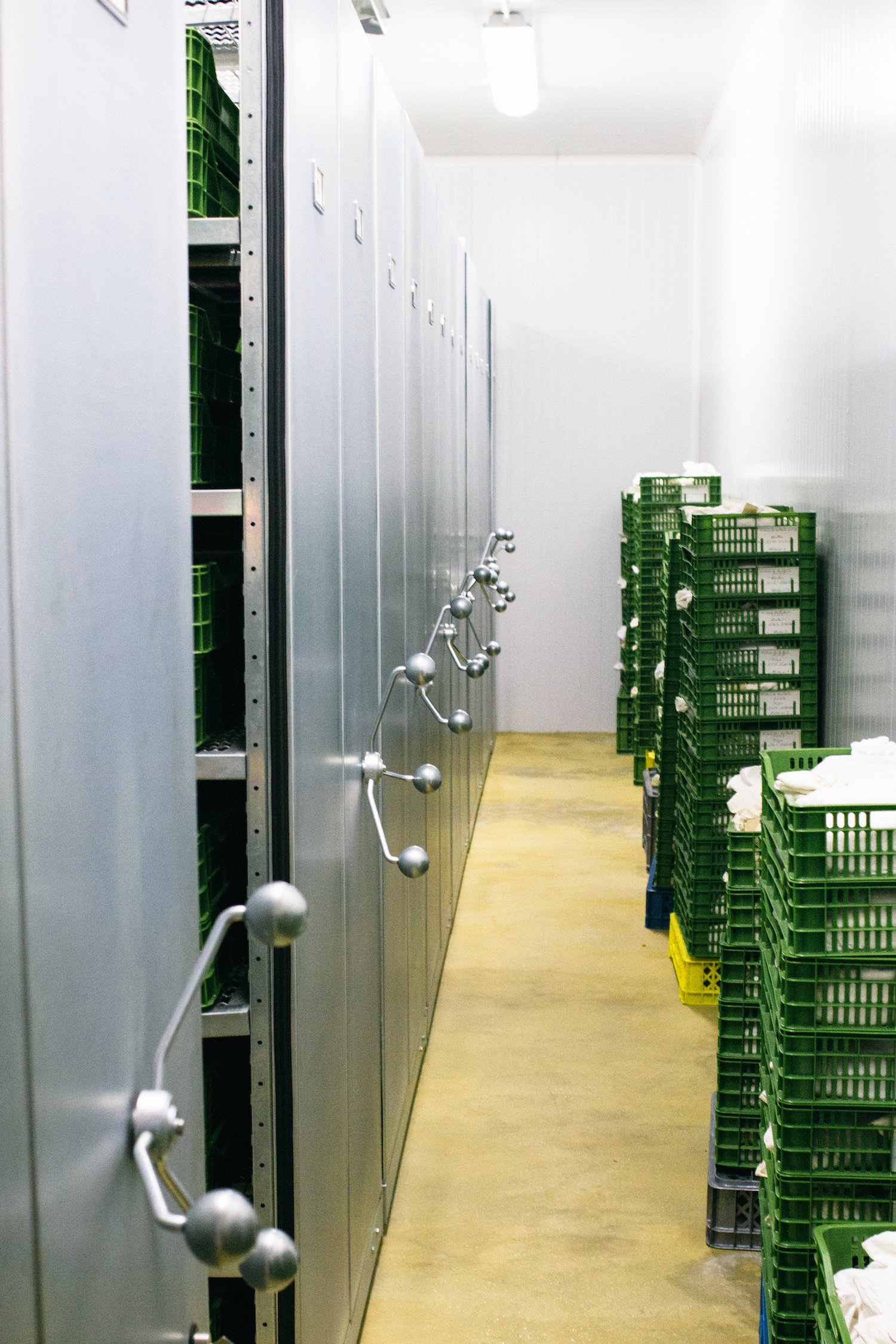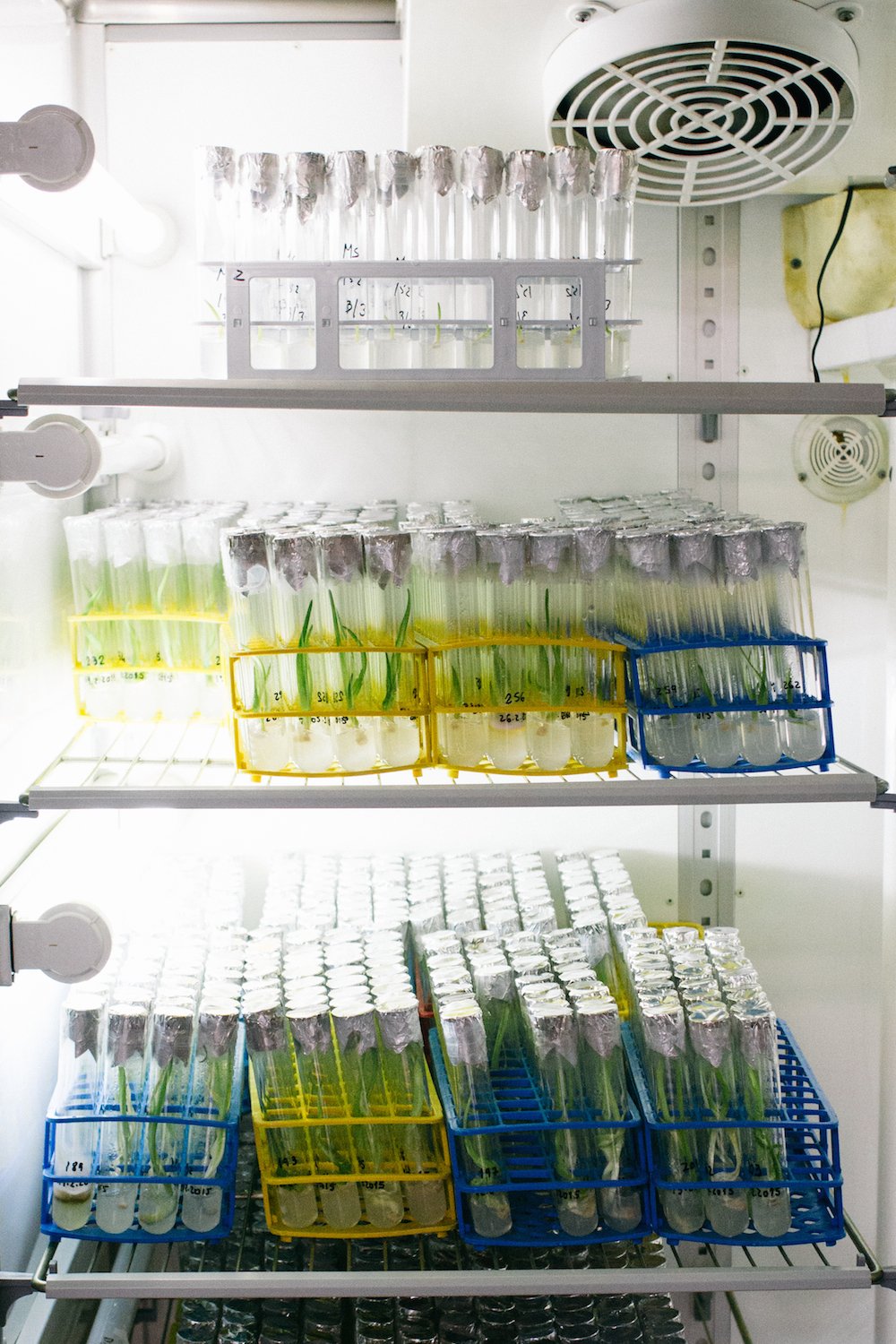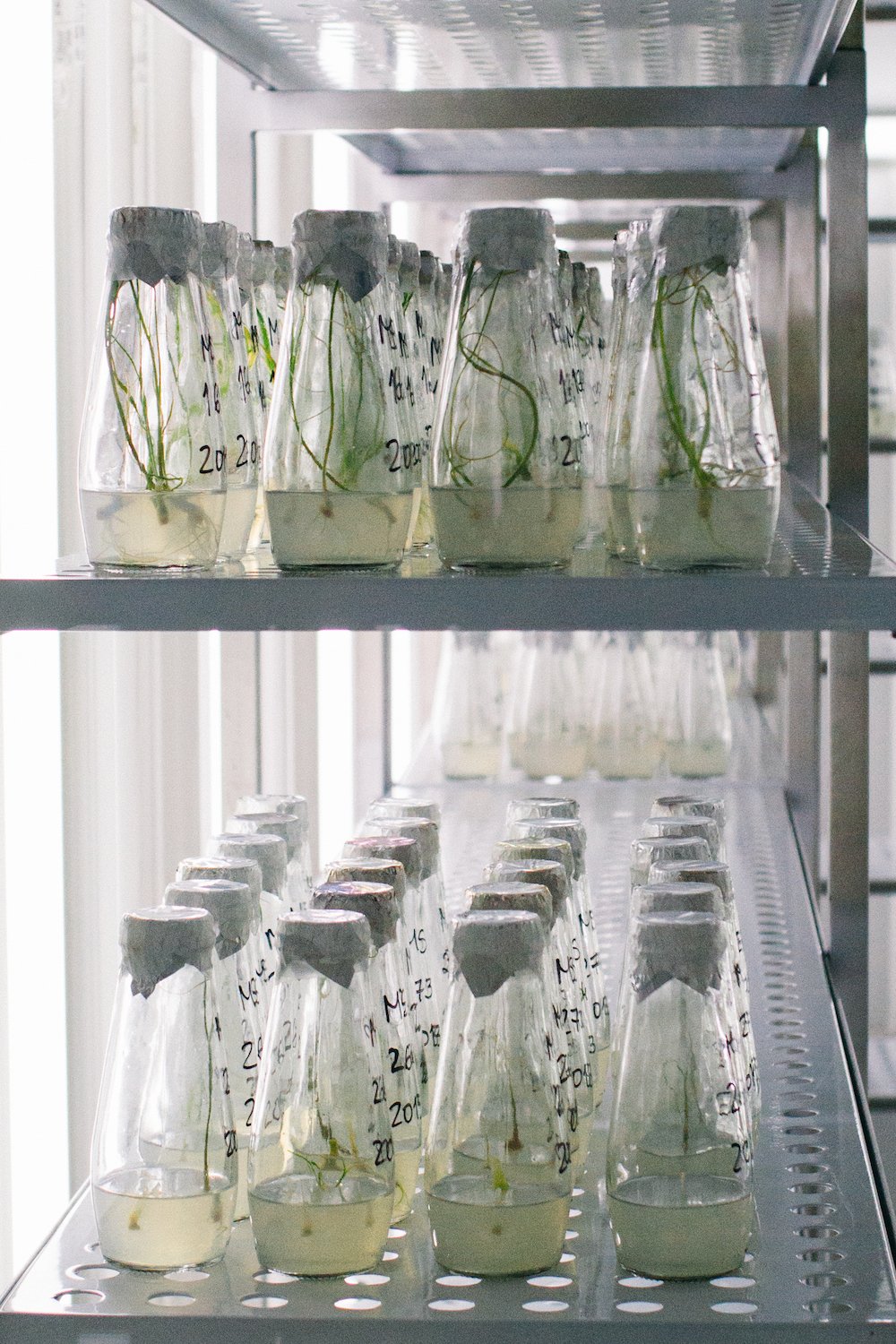Linho Galego: a semente
Por já me terem sido oferecidas sementes de Linho Galego noutra ocasião, ainda que em pequena quantidade, não pensei que conseguir semente em quantidade suficiente para cultivarmos a área planeada fosse tão difícil. Mas até agora, nunca tinha tentado comprar ou arranjar semente desta variedade.
O Linho Galego, como já mencionei aqui, é uma variedade regional de linho com finalidade mista (fibra e linhaça).
Acontece que para uma variedade de sementes ser comercializada legalmente, esta tem que constar no Catálogo Nacional de Variedades (CNV) ou no Catálogo Comum de Variedades (Europeu). E para constar num destes dois catálogos, tem de corresponder aos critérios DHE: Distinção, Homogeneidade e Estabilidade. As variedades regionais, que são importantes precisamente por serem uma fonte de incrível diversidade genética que carrega consiga diversas vantagens, por natureza, falham em responder a estes critérios que procuram homogeneizar as culturas e, assim deixam de poder ser comercializadas e usadas de forma corrente.
Esta página aqui explica tudo isto bastante bem.
No CNV de 2015, consta apenas uma variedade de Linho, mas com vocação para a produção de linhaça e não fibra.
Dos nossos linhos regionais, nenhum está inscrito num catálogo de variedades, o que quer dizer que, quando queremos cultivar uma variedade local de linho pela primeira vez, não podemos simplesmente comprar semente. A única forma de a obtermos é encontrar alguém que já a cultive anualmente e nos ceda gratuitamente a quantidade de que precisamos. Tarefa que se revela mais complicada quando sabemos que já não há tanta gente assim a cultivar Linho Galego e que os que o fazem não costumam ter excedente de semente em quantidade suficiente para ceder a quem também quer semear uma área considerável.
Para conseguirmos semente, foi preciso fazê-lo através do Banco Português de Germoplasma Vegetal.
O BPGV, o que faz desde 1977, e de forma muito simplificada, é "colher, conservar, avaliar, documentar e valorizar os recursos genéticos garantes do Sistema Nacional para a Conservação dos Recursos Genéticos". É um banco de sementes, e não só, que alberga neste momento 45.000 variedades de 150 espécies, que são não apenas conservadas, mas também multiplicadas no terreno de 8 hectares que é parte das instalações da instituição, em São Pedro de Merelim (Braga).
A cedência de sementes por parte do Banco faz-se, naturalmente, sob a condição do receptor se comprometer a conservar e propagar a variedade pedida.
A quantidade que nos foi cedida foi de 500gr, o que é substancialmente menos do que o necessário para semear a área que tinha planeado inicialmente, mas é o que temos para trabalhar. Esta semente foi colhida originalmente em Ponte de Lima e foi propagada pela última vez nos terrenos do BPGV em 2007, tendo ficado conservada na colecção activa deles desde então.
Para nós, a acrescentar ao objectivo de ter fibra têxtil para trabalhar, acrescenta-se agora o de multiplicar a semente também.
Para ver: mais imagens do BPGV que eu pude tirar durante a minha visita.
Galego Flax: the seed
I had been offered Galego Flax seed in a previous occasion, although in a small quantity, so I never thought that getting enough seed for the area we had planned to grow would be so difficult.
As I mentioned before, the Galego Flax we will be growing is a local variety, with a mixed purpose of fiber production and linseed.
The thing is, for any variety to be legally traded, it has to be listed in our National Variety Catalog (Portuguese) or in the Variety Common Catalogue (European). In order for a variety to be listed in one of these catalogues, it has to meet standards of Distinctness, Uniformity and Stability. But most local varieties, that are so important precisely because they are an incredible source of genetic diversity, naturally fail to comply with these standards that seek to homogenize cultures, and in this way, they end up not being able to be sold legally and easily stop being of current use.
The subject is much more complex than this, but I'm just trying to sum it up in a way that it explains the current situation.
In our 2015 National Variety Catalogue, only one type of Flax is listed, but with linseed production purpose, and not fiber.
Of all our local flax varieties, none is listed in these catalogues, and this means that when someone wants to start growing flax for the first time, we can't simply go out and buy the seeds we need. The only way to get it is to get it from someone that is already growing the variety. This is even more difficult when there isn't that many people growing this type of local flax anymore, and when those doing it usually don't have an amount of excess seed big enough to offer someone else who also want to grow a considerable area.
In order to get the seeds, we had to go the Banco Português de Germoplasma Vegetal.
What the BPGV has been doing since 1977 is a work devoted to the conservation and multiplication of about 45000 varieties of 150 different species, assuring that our natural genetic resources aren't lost. They do this not only by preserving seeds in their different storage facilities, but also by propagating them in their farm just outside Braga, in São Pedro de Merelim.
Seeds can be request to the seed bank, but always under the compromise from the receiver of preserving and multiplicating the seed.
The amount we got, of 500gr, is substantially less than what we needed for the area we had planned to sow, but this is what we will have to work with. These seeds were harvested in Ponte de Lima, and were last multiplied in the BPGV own grounds back in 2007, and have been preserved in their active collection since then.
Adding to the goal of obtaining fibre to process, we now need to assure its propagation as well.
To see: more photos of the Banco Português de Germoplasma Vegetal that I was allowed to take during my visit.









